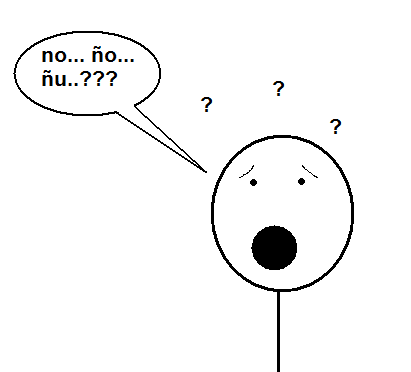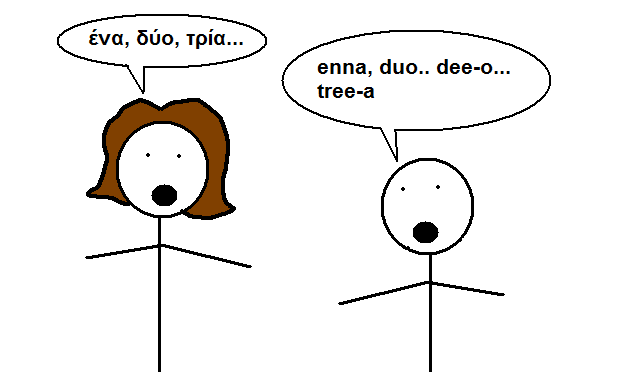This post is part of a series of Classical Greek lessons I’m compiling.
Today, we’ll cover present active indicative verbs, but before getting our hands dirty, it would be good to go over some basic concepts about verbs:
Verbs are words that denote an action, a state, or an occurrence. In Greek, verbs have the following properties: Read more



